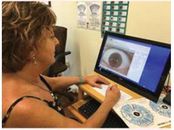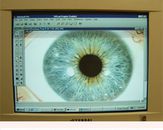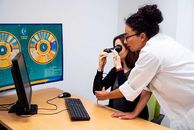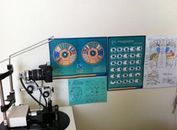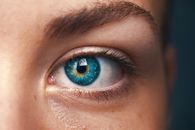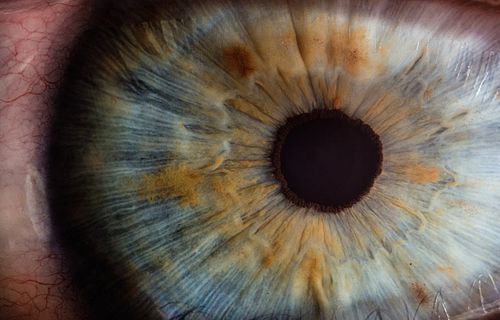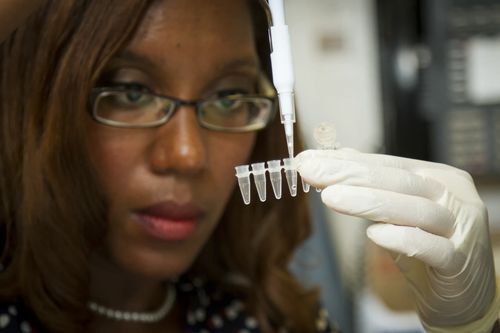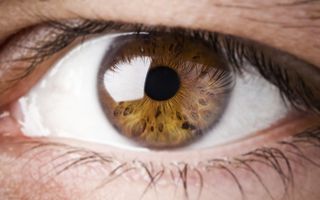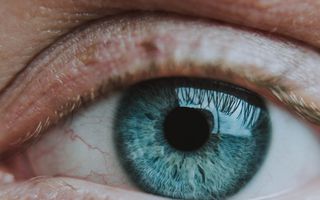What is Iridology?
Iridology is the study of the patterns, colors and other features found in the iris. It was developed by Dr Ignatz von Peczely who noticed that the colour of the eyes of animals changes depending on their health condition. He studied these differences and found that they were also useful to determine health conditions in humans. Iridologists believe that your eyes reflect your body's organs and systems, which allows them to identify problems before they cause symptoms.
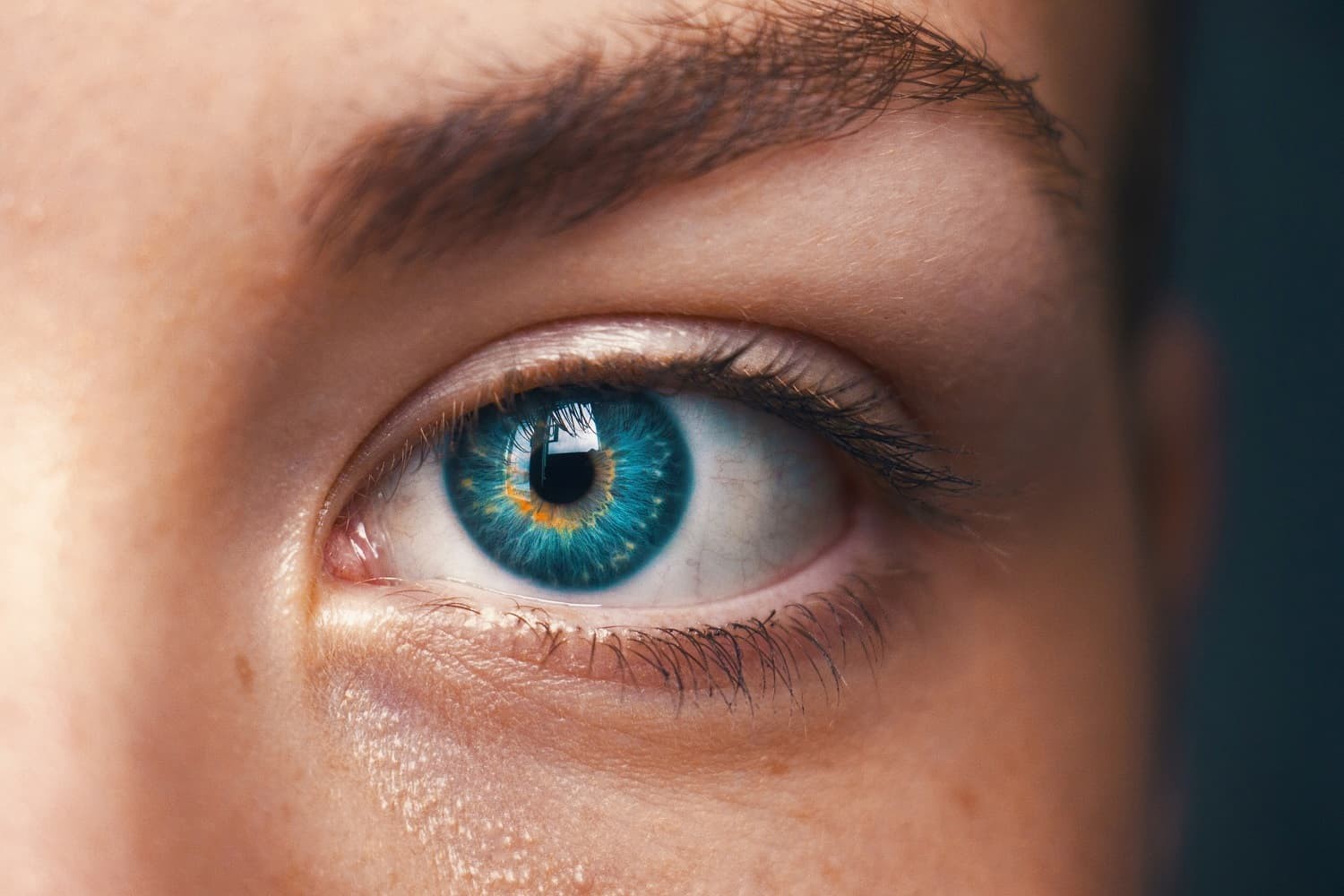
What are the Benefits of Iridology?
Iridology can help detect health problems through the observation of changes in iris color, texture and markings. These indicate what bodily organs are having a problem. It can tell if your liver is overworked, whether you have water retention issues, or even gastrointestinal problems. It's a powerful tool you can use to detect any disease before symptoms begin to manifest, including:
- Allergies
- Arthritis
- Mental illness
- Asthma
- Anaemia
- Cancer
- Diabetes
- Epilepsy
- Gallbladder disease
- Heart disease
- Jaundice
- Kidney problems
- Lymphoma
- Multiple sclerosis
- Hepatitis
How Much Does Iridology in Sydney Cost?
The cost of an iridology session will vary depending on where you go. Some clinics charge up to $200 an hour for consultation sessions, while there are reports of some holistic doctors in Sydney charging up to $400 per hour. Pricing depends on the extent of the consultation, the treatments involved, and whether the consultation is in person or online.
How Many Iridologists Work in Sydney?
It is estimated that there are between 100 and 200 iridologists working in Sydney, or equivalent to the number of practising naturopaths and chiropractors. Most iridologists work in clinics, collaborating with other natural health practitioners, or in private practice, providing one-on-one consultations and treatments.
How Many People in Sydney Use Iridology?
In Sydney, the number of people who use iridology for their health is unknown as no formal study has been done to determine how many people use the system. However, research shows that most iridology patients are women in their reproductive years.



